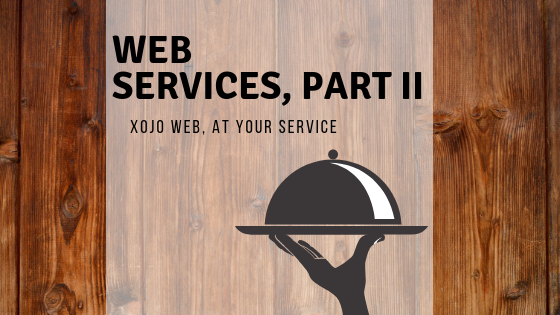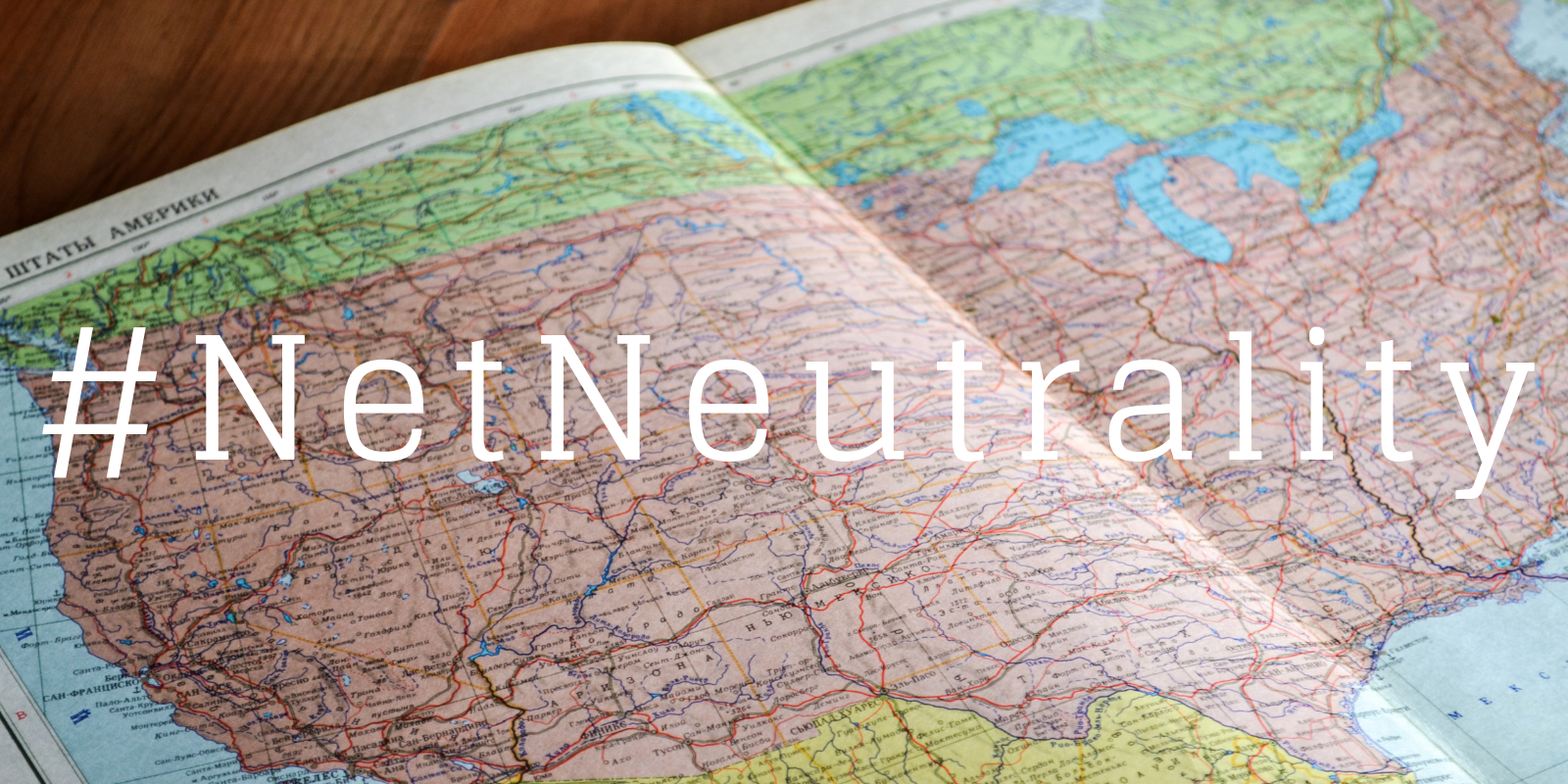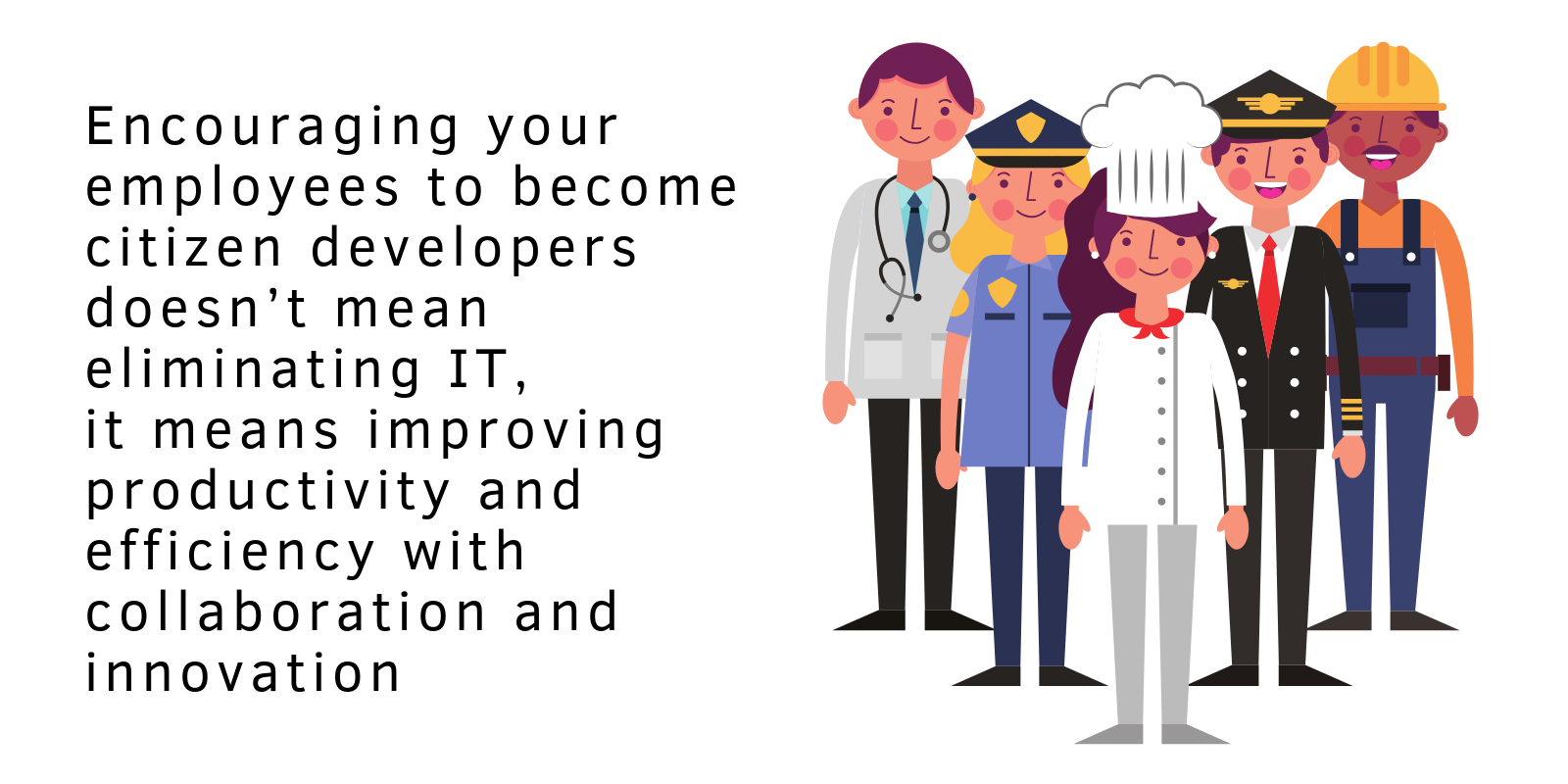In a previous entry we started to dig into web services with Xojo. The first post focused on the backend (server side), creating the Xojo app acting as middleware between the clients and the database that holds your data. We are using SQLite as the backend engine but it would not be difficult to change to other supported database engines like PostgreSQL, MySQL (MariaDB), Oracle or SQL Server, and even ODBC; all of these are supported by Xojo!
Comments closedXojo Programming Blog Posts
I started learning how to code as a teenager. Back then there weren’t very many programming languages. I remember BASIC, Pascal, Fortran, COBOL, C and a handful of others that were highly specialized. Why so few? Because in the 1970’s, computers just couldn’t do very much compared to today. The available languages were sufficient for the limited tasks computers had been assigned to manage.
Over the last several decades, computer technology has exploded. The smartphone I carry around in my pocket is far more powerful than the fastest computers of my youth. As a teenager, I rarely encountered anything where a computer had played a part. Today the rare encounter would be with things where computers had played no part. Computers handle so many tasks now that, as a natural consequence, there are thousands of programming languages with more appearing every year.
With so many languages, it can be difficult to choose one. What is important in a programming language?
Comments closedThe Canvas control is a great way to draw pretty much anything to a window. With a Canvas, do all your drawing in its Paint event handler for the best quality and performance.
I’ve had many people ask for an example for how to create a Canvas that allows you to:
- Draw pictures within it (as objects)
- Move these objects
- Remove them
- Add labels to them
- Programmatically select one
This example demonstrates how to do all these things. It has a large Canvas on the window with several buttons that let you add and manage the objects on the Canvas.
Comments closedWith the availability of Xojo 2018 Release 3, Xojo now supports macOS Mojave’s new dark mode. This means you can update your own apps to support dark mode and it also means that the Xojo IDE works in dark mode.
Comments closedAbout three years ago, we added HiDPI/Retina support to our framework which was released to users as part of Xojo 2016r1 when we also shipped our first HiDPI IDE.
With Apple’s announcements at WWDC 2018 and the introduction of dark mode it was time to revisit our graphics and the overall appearance of the IDE again. Here are some things which contribute to the changes that have been made and ones that you will see in the coming months.
Comments closedAs you probably know, every version of Xojo includes an extensive list of release notes that is included in the Documentation folder as an HTML file called ReleaseNotes.htm.
To make these even easier to access, I needed a way to get these into the wiki. It would be easiest if I could just copy and paste the HTML contents onto a wiki page, but MediaWiki can’t quite process all the HTML in that file so I needed a way to clean it up a bit.
Comments closedThe WebCanvas control is used for drawing graphics in web apps. It takes advantage of the HTML5 Canvas making it fast and powerful. Sometimes is can be useful to be able to save the graphics drawn in the WebCanvas to an image file, but unfortunately there is no built-in Xojo method to do this.
However, by using a little JavaScript you can easily add this capability to Xojo.
Comments closedLast year the Federal Communications Administration (FCC) voted to rollback the Net Neutrality law passed during the Obama administration. I’ve written about this previously. I think I’m on safe ground when I say that most people would agree that laws designed to keep the Internet on a level playing field make sense given that most US citizens don’t have much if any choice when it comes to Internet access. That’s why states have taken the matter into their own hands.
California recently passed its own Net Neutrality law. This is a big deal because Internet providers cannot realistically apply one set of standards to traffic in California and a different set everywhere else. California is big enough that it can effectively influence legislation on a national level. It did this in 1966 when the state established the first tailpipe emissions standards, which resulted in all cars sold throughout the US having catalytic convertors. When California passes a law affecting companies that do business across the United States, it can change how those companies operate in all states.
Comments closedEmployee turnover is expensive, time consuming and stressful. But the need for new skills, whether to bolster your existing sales and services or to usher your company into emerging markets, is a constant. You already have excellent employees that “know the ropes” of your business but they don’t always have the skills needed to take those next steps. These employees may be called “power users” or “business analysts”. This is where upskilling comes in, giving rise to the age of the citizen developer. The citizen developer is able to use low-code and rapid application development tools to make apps that improve efficiency or more easily collect or gather data that can benefit the company.
Encouraging and even educating your employees to become citizen developers doesn’t mean eliminating the IT department, it means improving productivity and efficiency with collaboration and innovation. After all, who better to say exactly what the marketing or sales department needs in an app, tool or automation than the department members who will utilize it the most?
This is where Xojo comes in. Our long history (over 20 years) as an easy-to-use, rapid application development tool makes Xojo an ideal choice for would-be citizen developers.
Comments closedUsing Xojo Web to create complete web apps and solutions means not having to learn a bunch of interpreted languages and dozens of ever-changing frameworks. I’m looking at you: HTML, CSS (is that even a language?), JavaScript, PHP, et al. Of course, Xojo Web not only makes it possible to create your own web apps, but it also acts as the perfect middleware that your desktop and iOS apps can communicate with. Learn about APIs and web services with Xojo in the tutorial blog post.
Comments closed



